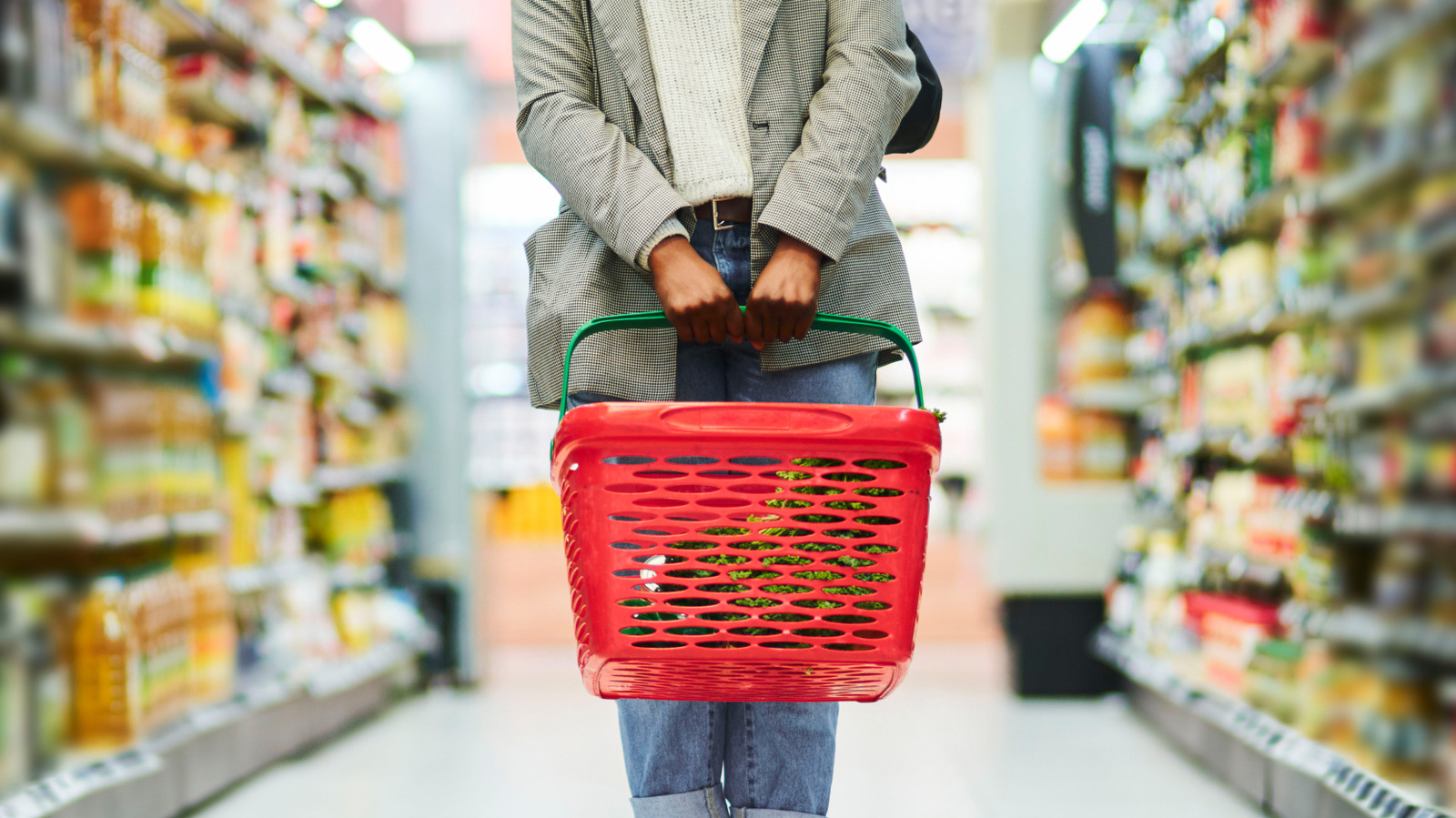Over the past few decades, ready-to-eat sections of chain grocery stores have only been improving their offerings to keep up with high demand. What was once mainly salads and rotisserie chickens, now include fresh fruits, grab-and-go meal kits, soups, and more. A lot of grocery stores even started incorporating little restaurant-like dining areas, or as they say in the biz, grocerants (a hybrid of restaurants and groceries), where you eat your just-bought pre-prepared foods. While the grocery store has long been lauded as the place to be when trying to save money on food, depending on which departments you spend most of your money in, this is not necessarily true.
For all the variety and improvement that’s been made in the prepared-food section offerings over the years, there is one, major downside: You are paying a convenience tax. There are a lot of overhead costs to running a grocery store, and unless the store offers a membership-based model, like Costco, most of those costs are passed onto the customer. If the food you’re buying at the grocery store requires extra hands to make it (in-house, or prepared externally), like sliced deli meat, a potato salad, a veggie tray, or a ready meal, then you’re most likely paying a big markup.
Prepared foods markups in detail
Unsurprisingly, fresh prepared foods sections of grocery retailers saw a rise in consumer purchases during COVID-19, when many restaurants were either shuttered or operating at limited capacity. But even in the decade before that, prepared food departments were considered to be booming sectors, reporting between 7%-10% growth every year. Not only does this mean it’s a seller’s market, but it also means grocery stores are investing in more prepared-food safety, infrastructure, and staff — all of which cost money.
While prices vary from store to store, there are some markup numbers floating around the internet that will make your jaw drop. For example, in-house baked goods can carry markups as high as 300%. For reference, menu items at your favorite restaurant tend to carry a 30%-40% markup. In general, the prepared foods section is said to have anywhere from a 40%-90% increase in the products you’re buying.
So what should you do to save money? Well, the answer is a lot simpler than the solution: Avoid ready-to-eat foods in favor of making them yourself. Of course, if you’re hungry and already in that deli line with no time to start cooking a nutritious meal at home, there’s little you can do. But having an idea of what the convenience tax is costing you, may help you get into the more affordable options of organized meal-planning or weekly meal prep.





